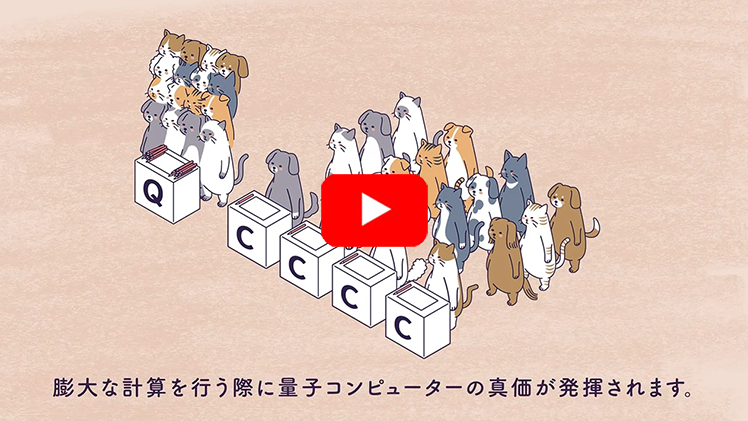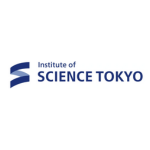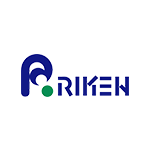Moonshot Goal 6
Silicon Semiconductors Open the Next Door to Quantum Computers
News
- 【Poster Presentations 】The 12th Workshop on Semiconductor/Superconductor Quantum Coherence Effect and Quantum infomation(Tokyo Tech)
- 【Poster Presentations 】The 12th Workshop on Semiconductor/Superconductor Quantum Coherence Effect and Quantum infomation(RIKEN)
- 【Invited Presentations 】ssdm 2023(Hitachi)
About
About the Project
Our project is developing a quantum computer using silicon electron spin qubits, and in particular, a large-scale silicon quantum computer utilizing silicon semiconductor integrated circuit technology. Currently, the development of quantum computers is dominated by a bottom-up approach that prioritizes “quality” and increases the number of qubits one by one. In contrast, we are taking a top-down approach, taking advantage of the silicon semiconductor technology (which enables the implementation of a large number of qubits with uniform characteristics) to promote a system design that focuses on “quantity” from the beginning. We will also develop various technologies made possible by the silicon semiconductor technology to improve the “quality” of the system as a whole and achieve a fault-tolerant universal quantum computer.
“Message from the Project Manager”
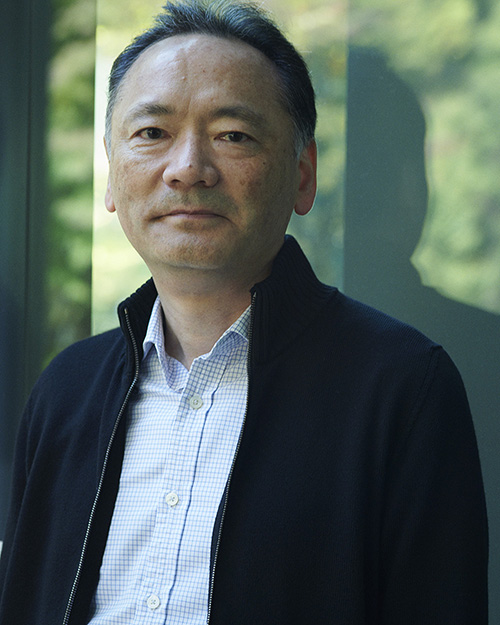
The challenge of realizing a quantum computer is growing around the world. The quantum computer is a frontier with many possibilities that can bring a different mechanism to the world of computation, but its realization will require a number of innovations. One of the keys is an interdisciplinary approach that brings together knowledge from many fields, including quantum mechanics and information engineering, and through discussion, works together toward a single goal. In this project, members from academia and industry are aiming for a silicon quantum computer that makes the most of silicon semiconductor technology, a leading technology that has evolved to a high level and supports the current social infrastructure.
Hiroyuki Mizuno, Hitachi, Ltd.
R&D
R&D Themes
1/Quantum Computing System
We are developing a large-scale silicon quantum computer utilizing silicon semiconductor integrated circuit technology. We have designated three challenges in this R&D theme.
Principal Investigators(PIs):Hitachi Hiroyuki Mizuno
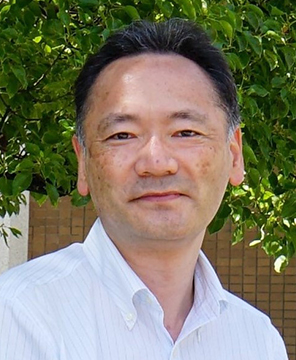
▼ R&D Challenges
#1. 2D qubit array
#2.High-precision qubit control and high-sensitive qubit readout circuit
#3.System architecture
2/Multi-chip Cryogenic Packaging System
We are responsible for cryogenic circuit mounting technology for large-scale integration of silicon quantum computers. The achievement of this R&D theme will enable high-precision control and high-density packaging of a large number of silicon qubits, and will contribute to the development of a large-scale silicon quantum computer, which is the goal of the project, and to the realization of a fault-tolerant universal quantum computer, which is the goal of Moonshot Goal 6.
Principal Investigators(PIs):Kobe University Makoto Nagata

▼ R&D Challenges
#4. Multi-chip cryogenic packagiing
#5.Environmental monitoring
3/Hot Silicon Qubits
We aim to achieve high temperature operation qubits (hot silicon qubits) using silicon qubit systems. One of the challenges in realizing hot silicon qubits is that the retention time of quantum information decreases as the temperature rises. In order to break through this common sense, we are challenging to find the sweet spot where the quantum information retention time reaches its maximum value, based on the deep exploration and clarification of unexplored physics.
Principal Investigators(PIs):Institute of SCIENCE TOKYO Tetsuo Kodera
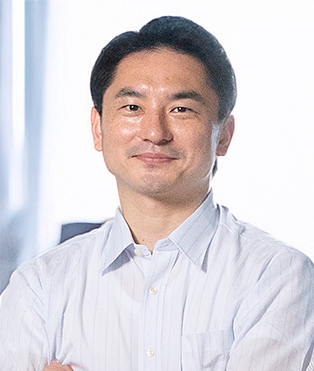
▼ R&D Challenges
#6. High temperature operation of silicon qubits
4/Quantum Computing in Small Qubit Systems
In parallel with the development of a large-scale silicon qubit array structure, we aim to quickly identify issues for the realization of a quantum computer by utilizing small-scale experimental circuits that will form part of the array structure in the future. This will provide design guidelines for the large-scale array structure that the project is aiming for, as well as clarify the feasibility of the elemental technologies required for the fault-tolerant universal quantum computer that Moonshot Goal 6 is aiming for.
Principal Investigators(PIs):
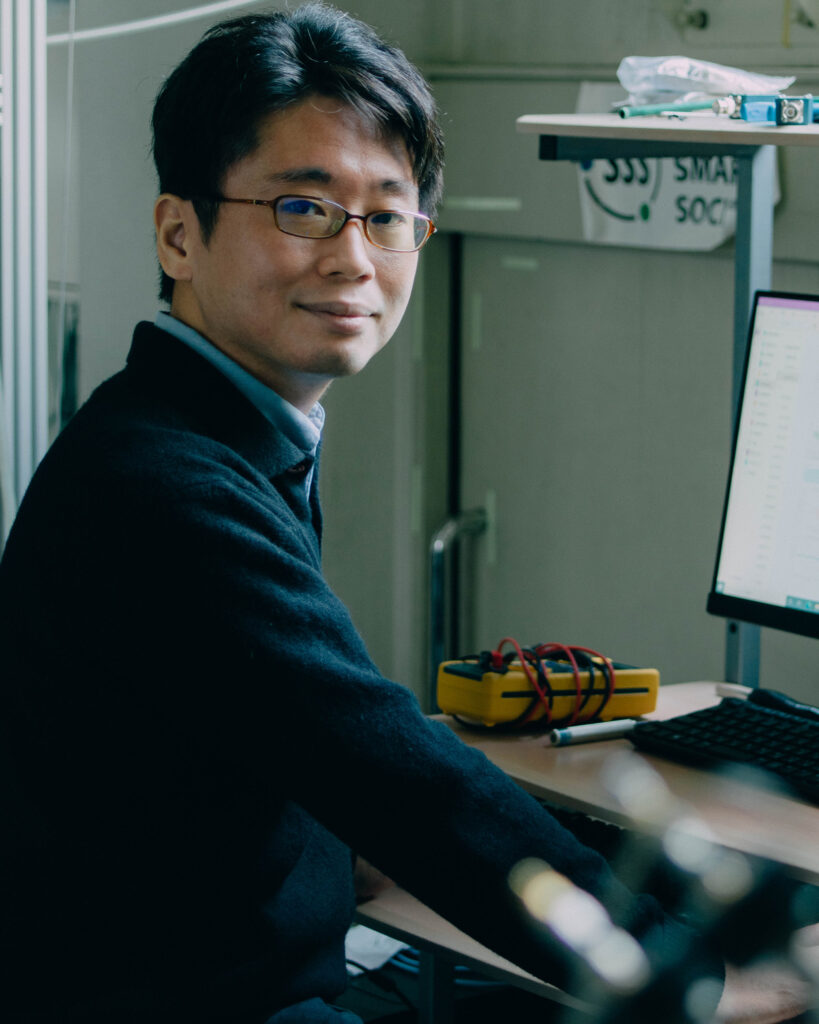
Institute of
SCIENCE TOKYO
Jun Yoneda
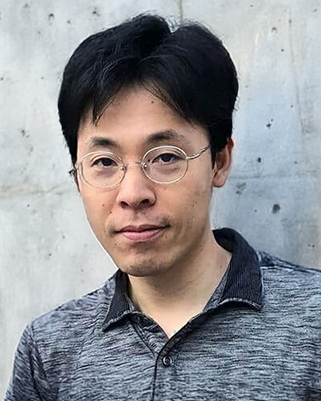
RIKEN
Takashi Nakajima
▼ R&D Challenges
#7. Compatibility of arrayed and basic qubit operations
#8. Verification of quantum controllability of qubits
Links
Related Links

Moonshot R&D Program
The “Moonshot R&D Program” aims to create disruptive innovations originating in Japan, promoting ambitious R&D based on daring ideas that are not just extensions of conventional technologies. This project is positioned as one of the projects under the moonshot goal 6 of “Moonshot R&D Program”: Realization of a fault-tolerant universal quantum computer that will revolutionize economy, industry, and security by 2050. To achieve this goal, we are conducting research in cooperation with various research organizations.

